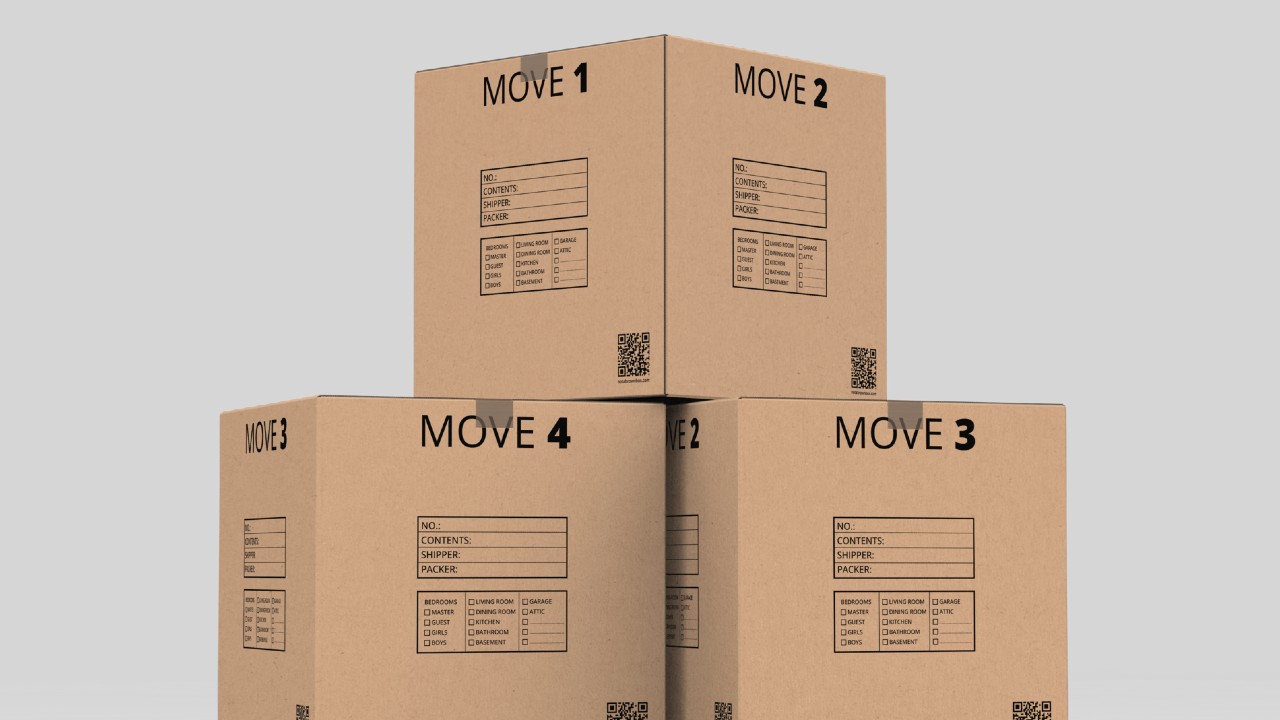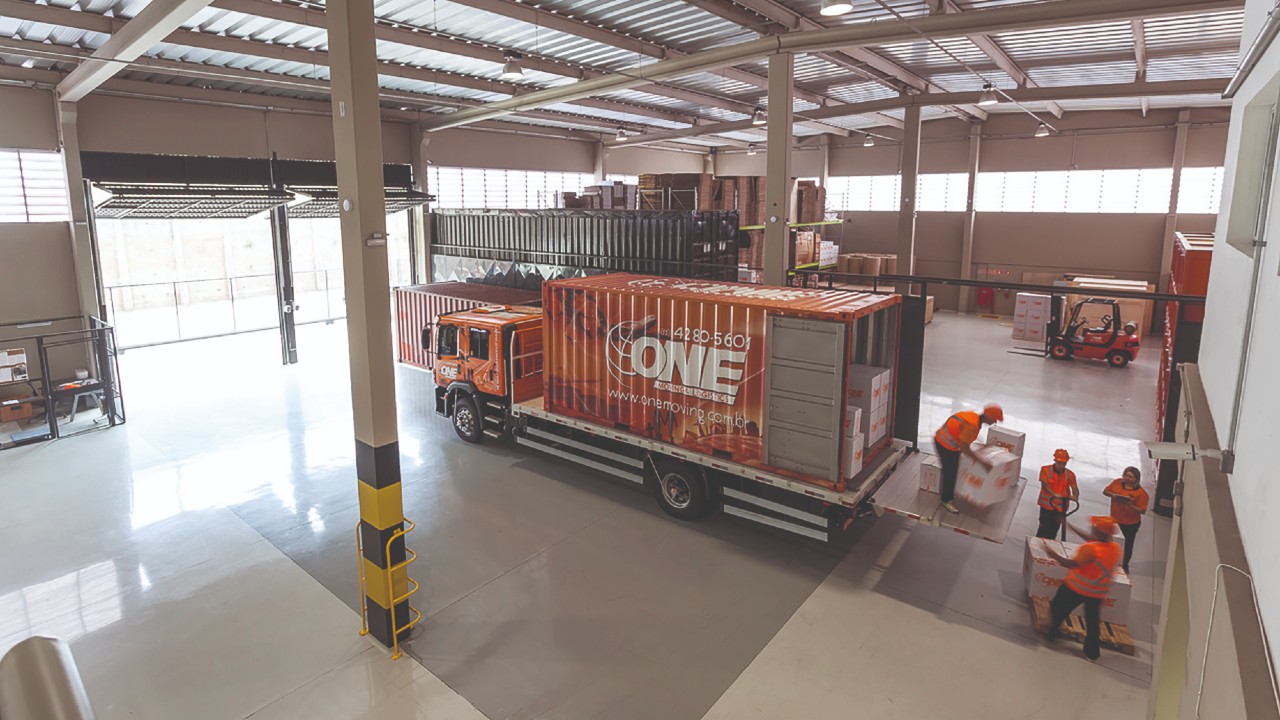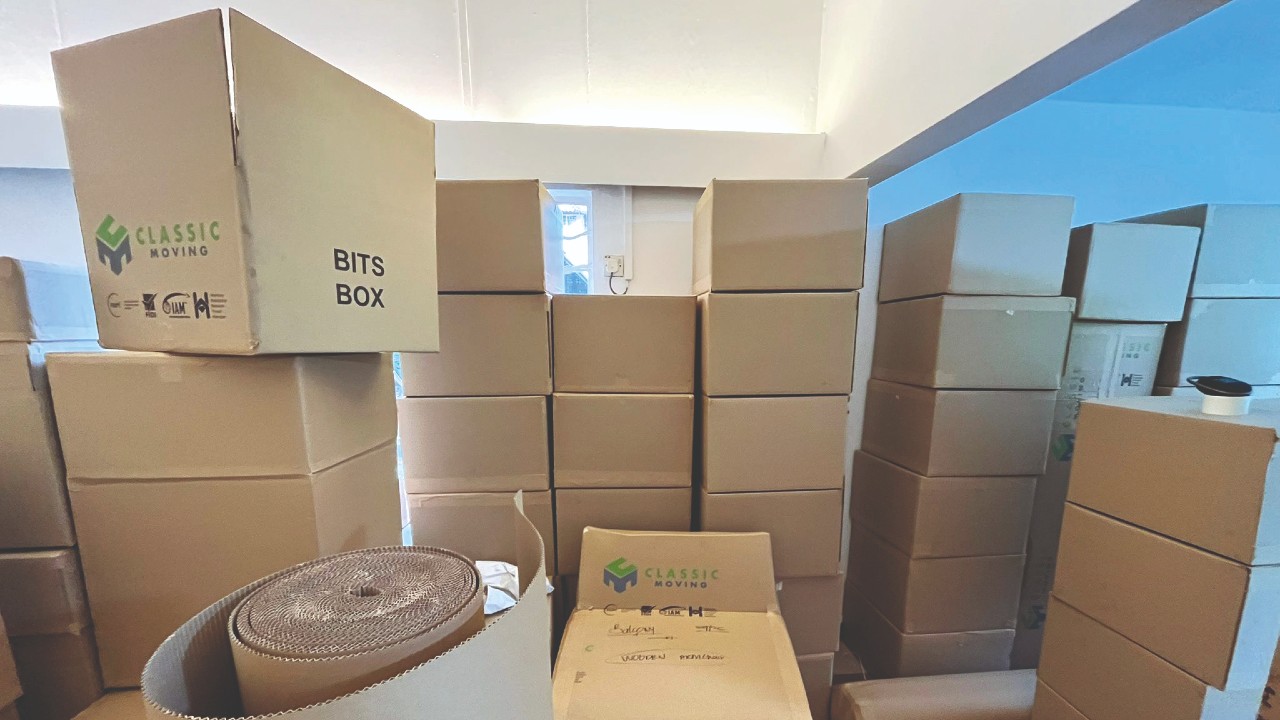With reuse a central tenet of the circular economy, several movers have embarked on ambitious projects for reusing boxes and other cardboard packaging. FIDI Focus Editor Dominic Weaver speaks to some of the industry frontrunners about the challenges and solutions of these initiatives
While many think of recycling as the epitome of sustainable business, those in the know will tell you that the cornerstone of a truly circular economy is, in fact, reuse. Recovery and recycling products typically take more resources and energy than reuse, and can create pollution and waste in the process. With reuse, however, companies keep products in circulation for longer, extending their useful life for as long as possible, reducing the need for raw materials and other manufacturing inputs.
With this in mind, several forward-thinking movers have already launched initiatives to reuse boxes and other cardboard packaging. Here are some of their learnings so far.
Gosselin’s Notabrownbox
International mover Gosselin launched its Notabrownbox initiative at IAM last year, introducing 150,000 brand-free moving boxes into circulation. The company says this alone will result in a saving of 80 tonnes of CO2 (equivalent to 200,000 miles travelled in an average passenger vehicle) against a standard moving box made of recycled material, or a 144-tonne reduction compared with a new cardboard box – but it has set its sights on far greater savings, by inviting the mobility industry to join the project.

Madeline van der Rhee, Benelux Manager, who initiated and championed the concept internally at Gosselin, says: ‘The Notabrownbox project is transparent and not-for-profit, and launched with the aim of having a positive impact in the moving industry.’
The company started by specifying the quality and longevity of boxes by consulting suppliers dealing with moves from and to several different locations.
‘We learned that the thickness of the cardboard is the wrong indicator for us laymen,’ she says. ‘It is the welle (the ribbon pattern that sits between layers) and the type of cardboard (percentage of new vs recycled material) that determines the strength and therefore the quality of a box.’
Numerous tests enabled Gosselin to specify a higher-quality box, which was brown rather than white (they look ‘outstanding’ in a loaded container, Van der Rhee says) and now contained no company logo. The removal of branding was a sticking point, but helped reduce costs and speed up buy-in from within the company.
‘At the start, I did not make many friends within the company promoting unbranded boxes,’ says Van der Rhee, ‘and we had intense discussions, involving departments from marketing to operations.’
Branded boxes provided a ‘quick win’, adds Van der Rhee, often being refilled and remaining in customers’ lofts or attics for years, reminding them of a well-delivered relocation and giving businesses a head start when it comes to the next move. However, she says, ‘times have changed’ and increased sustainability will be key to the next generation of consumers when choosing a mover.
‘Our future customers worry about the future of the world and the impact of their move,’ says Van der Rhee, who adds that, with sustainability-conscious people starting to consider alternatives – such as renting or buying new furniture instead of shipping – reuse initiatives can help shift the balance back in favour of a move.
Gosselin launched Notabrownbox as an open, rather than owned, initiative, aiming to allow more movers to join the project without incurring set-up costs and benefiting from the economies of scale more partners will bring – not to mention the sustainability boost it brings to the industry as a whole. ‘At this stage, we only benefit from this for moves performed within the Gosselin footprint, but my goal is that more moving companies will join and that we all benefit from a lower cost per move on packing materials by reusing each other’s Notabrownboxes,’ says Van der Rhee.
The project logo is a QR code directing customers to a website where all the partners involved are listed. ‘Customers will not forget us,’ says Van der Rhee. ‘They will remember that they moved with a more sustainable box, so their move had a less negative (and, hopefully soon, neutral and/or positive) impact.’
With the current focus on onboarding new partners and providing all the information needed to promote Notabrownbox to corporate clients, private customers, and internal customers, Gosselin is also approaching industry associations to get behind the initiative. Van der Rhee – who expects to spend more time overseeing the project as it grows – says, with sustainability now a key aspect of FAIM, she would like to see using Notabrownboxes introduced as a pass criterion of the future.
‘It won’t be long before moving companies don’t have a choice: we must all evaluate our supply chains, business and materials to reduce our negatives and become more sustainable,’ she says.
Classic Moving and One Moving

Classic Moving and One Moving are both working with key corporate partners on reuse schemes.
Classic Moving’s Brian Milligan says: ‘It was an opportunity for us to look at a more sustainable approach to packing materials, with the primary focus being the removal of plastics and reusable material options. Materials are such a fundamental element of international moving, so it’s a crucial consideration in our sustainability journey.’
One Moving’s Wesley Thomé agrees that reusing boxes plays a central role in the moving industry committing to more eco-friendly practices. ‘As a premium mover, we sought to demonstrate that high-end service and environmental consciousness are not mutually exclusive,’ he says.
Having clients opt for changes rather than be forced has been important, too, he adds. ‘We always ask if the customer feels comfortable using used boxes or if they prefer new boxes.’
Thomé says ensuring that the reuse scheme actually did deliver a lower-carbon footprint was ‘paramount’ while seamless integration into existing operations, staff training and, ultimately, upholding – or even enhancing – clients’ move experiences was vital, too.
The One Moving team inspects boxes from its destination services into Brazil and from domestic removals, separating out unusable ones for recycling and thoroughly cleaning, sanitising, and repairing those suitable for reuse. ‘The scheme is a concerted effort between One Moving, our dedicated staff, and environment-focused community partners,’ says Thomé.
Milligan says customer reactions to Classic’s initiative have ranged ‘from very positive to mildly indifferent’, with those businesses that are already well into their own sustainability efforts ranking among the most supportive.
‘Others are more focused on whether these measures will compromise the protection of their goods,’ he says, adding that a pilot scheme with one of Classic’s European partners has demonstrated that these concerns have been addressed. Thomé agrees: ‘Ensuring that the durability and functionality of the boxes met our high standards for client possessions’ safety was crucial.’
Milligan says monitoring of Classic’s reuse delivery is ongoing. ‘When a shipment arrives with, or from, our key partners containing plastic alternative materials and non-branded “reusable” cartons, we will do a thorough check on how well non-plastic tape has held up during transit; how bulky furniture items have been packed when a cardboard alternative to PE foam and plastic craft blankets has been used; and how well the reusable cartons have held up during the moving process – and if they can be used again,’ he says. ‘We have regular communication with the partners to offer as much detail as we can on successes and areas for improvement.’
Thomé says that One Moving is measuring the sustainability of its reuse project with a mix of quantitative measures – including the number of reusable versus single-use moves, total reduction in cardboard waste, fuel usage/emissions data, and a regular cost-benefit analysis – with qualitative measures including feedback from moving crews.
Milligan is hopeful that reuse will gradually become more widespread throughout the industry – but it necessitates collaboration across partner networks.
‘A basic example would be a mover making an investment in reusable packaging,’ he says. ‘By the nature of our business, we send that packaging somewhere, so if we don’t receive a similar standard of materials inbound from our partner network, the full benefit is lost.
‘I would love for FIDI to set an initiative for its members on this, as our partner has done with its network, so collaboration is encouraged and we approach sustainability goals as an industry.’
Thomé, meanwhile, says One Moving sees sustainability ‘as a natural extension of our quality-oriented ethos’ and is working more closely with its partners to develop new sustainable initiatives in their market. ‘Not just the reuse of boxes, but also the reduction of plastics in our moves overall,’ he says.
For Milligan, there are several areas he believes should be the next targets for upping the industry’s packaging sustainability. ‘Every little counts,’ he says, ‘and if we looked at 100 per cent recycled pulp for our materials, eradicated plastic, while looking to our industry leaders and member associations to promote awareness, we could make a significant positive environmental impact.’
Nuss Relocations
Sydney-based Nuss Relocations began shifting its approach to packaging materials more than 30 years ago, when it began recycling cartons to cut down waste.
The company’s Ray Beard says, at that time, quantifying the impact of such a move ‘wasn’t so important, but doing something about wastage and unnecessary landfill was’. While used cartons could, in theory, be recycled, dealing with plastic tape still attached to many has proved expensive, so reuse became a more attractive option.
Nuss collects used cartons from customers, removes the plastic debris, and sorts according to size, type, and quality. ‘There was a time when we provided this service for free,’ says Beard, ‘but these days we charge a small collection fee to cover the increased time and effort – most customers are prepared to pay for that.’
The majority are also happy with used boxes, and to receive a quote based solely on these, he says. ‘This is a great turnaround in attitude.’ The result is a ‘substantial’ amount of waste being diverted from landfill.
The project is gaining its own momentum, too. ‘Now we use paper tape, not plastics, when we are retrieving and reusing our own cartons; there is less work involved in removing it,’ says Beard. ‘We have taken the decision to move away from plastic products totally. We have phased out plastic tape and are phasing out bubble-wrap products, replacing these with paper tape and paper-layered wrapping.’
Although the latter has to be imported into Australia, Beard says the net carbon footprint is still ‘far more’ sustainable than bubble wrap. With most bubble wrap previously used for exporting, the alternative materials make their way overseas, he adds.
‘We will continue to seek new products that further improve our eco-impact and sustainability ratings,’ says Beard. ‘In November last year, we achieved an Ecovadis Gold rating, and our ambition is to make that platinum.’

